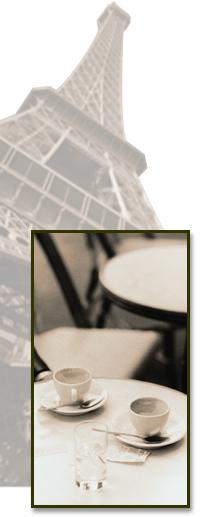|

The Respiratory System
The respiratory system is the system of the body that deals with breathing. When we breathe, the body takes in the oxygen
that it needs and removes the carbon dioxide that it doesn't need.
First the body breathes in the air which is sucked through the nose or mouth and down through the trachea (windpipe). The
trachea is a pipe shaped by rings of cartilage. It divides into two tubes called bronchi. These carry air into each lung.
Inside the lung, the tubes divide into smaller and smaller tubes called bronchioles. At the end of each of these tubes
are small air sacs called alveoli.
Capillaries, which are small blood vessels with thin walls, are wrapped around these alveoli. The walls are so thin and
close to each other that the air easily seeps through. In this way, oxygen seeps through into the bloodstream and carbon dioxide,
in the bloodstream, seeps through into the alveoli, and is then removed from the body when we breathe out.
The diaphragm is the muscle that controls the breathing process. As the diaphragm flattens it causes the chest to expand
and air is sucked into the lungs. When the diaphragm relaxes, the chest collapses and the air in the lungs is forced out.
|
